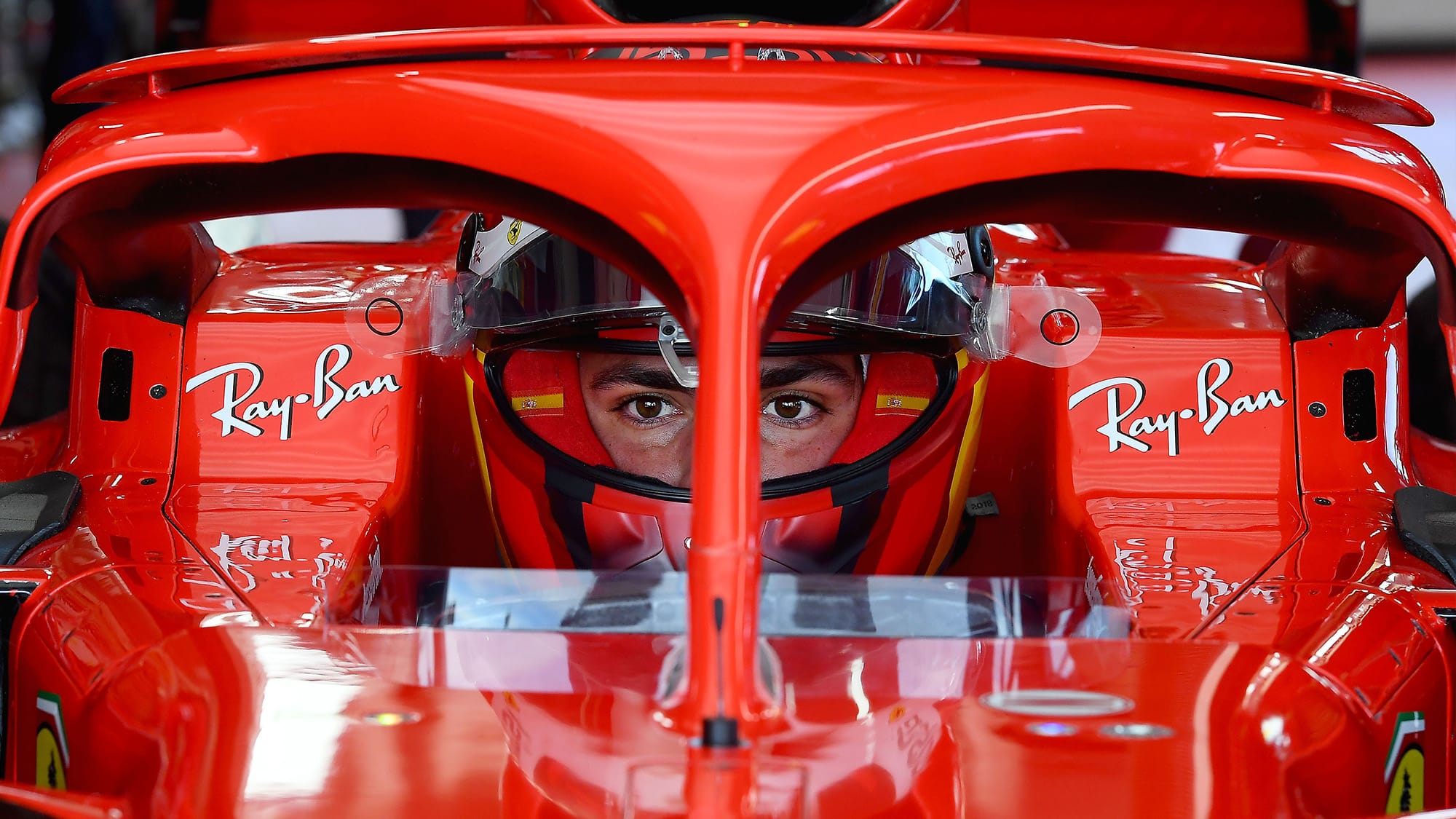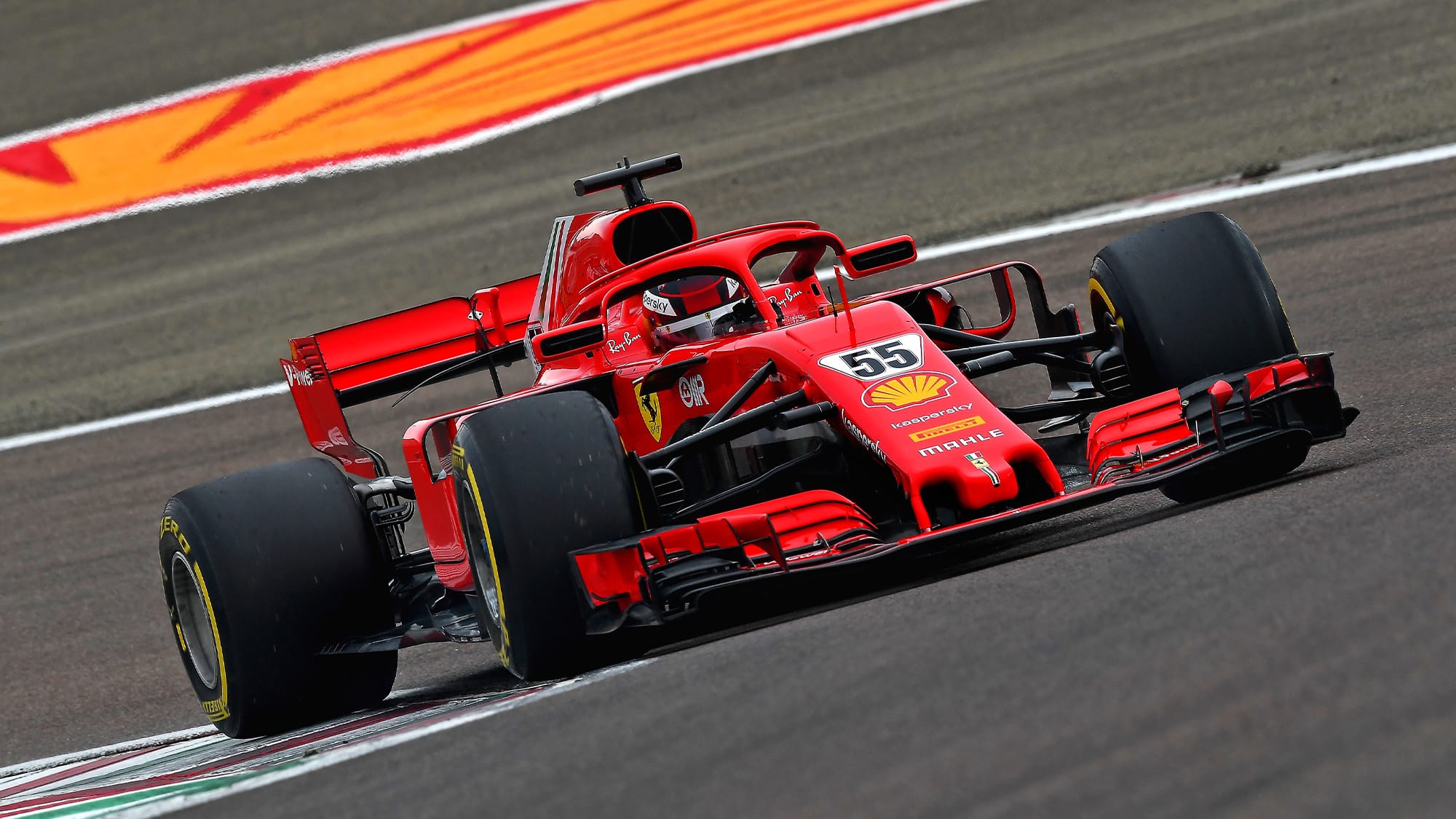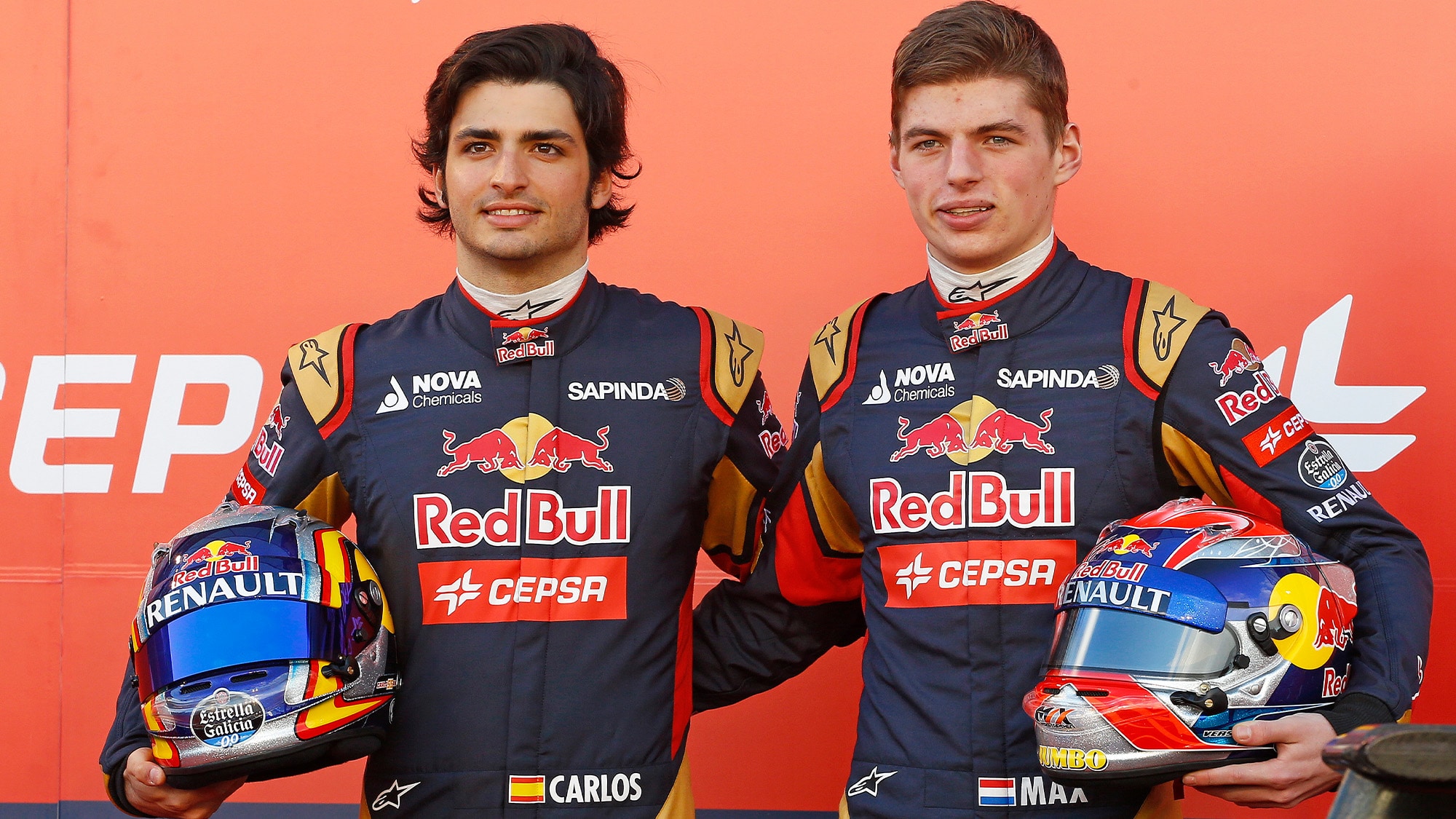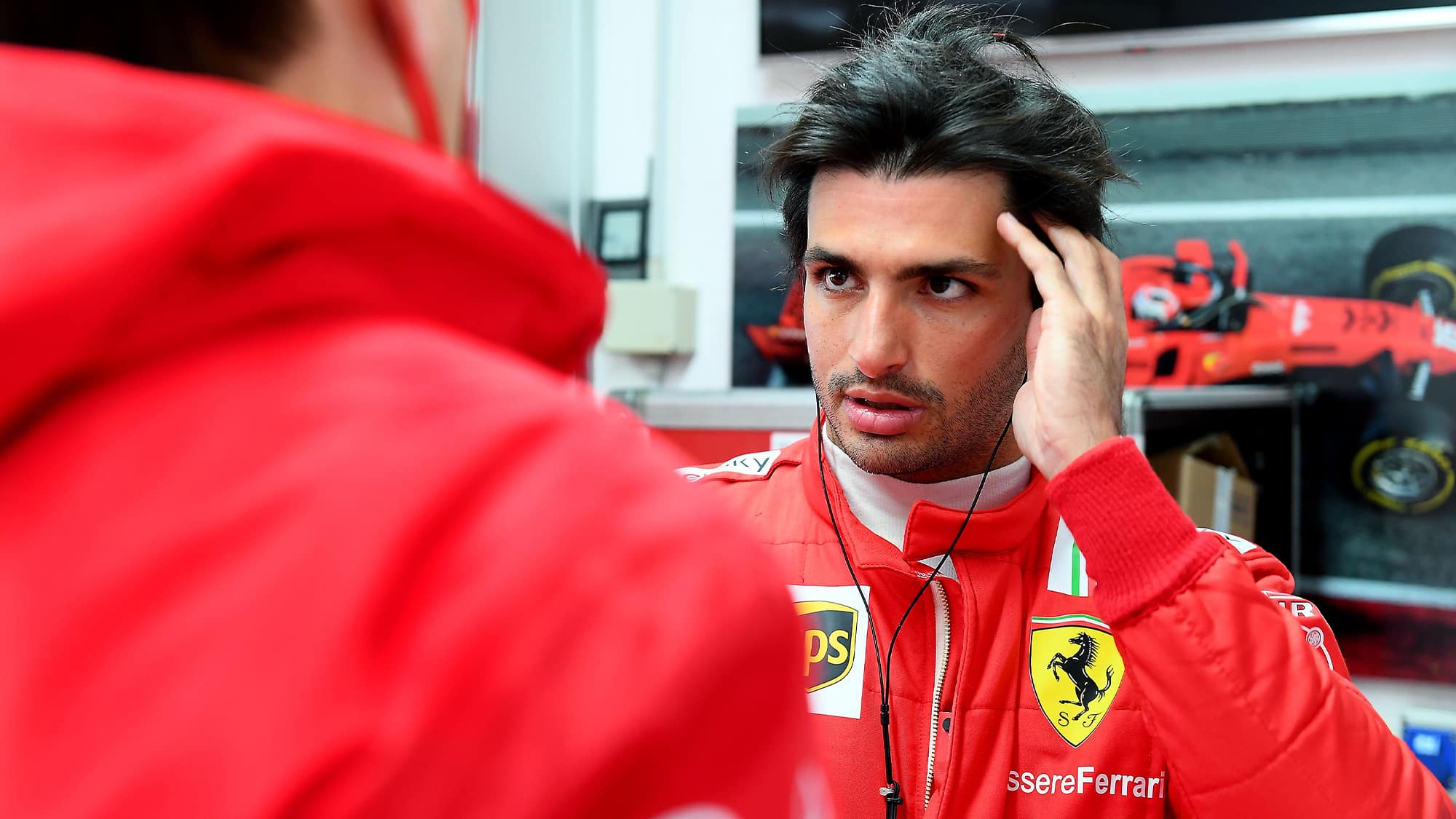'Friendly assassin' Carlos Sainz targets title despite Ferrari support role — MPH
Carlos Sainz got his first taste of a Ferrari F1 car this week, as he looks to challenge Charles Leclerc from Day 1. Can he break out of his support role? asks Mark Hughes

Sainz's first Ferrari test was in a 2018 car
Ferrari
Carlos Sainz Jr got his first runs behind the wheel of a Ferrari at Fiorano earlier this week. It was only in a 2018 car, but it’s the beginning of what promises to be a fascinating partnership, thanks to the dynamics between the two drivers – and between each of them and the team.
At the root of that fascination is the tendency still for Sainz to be under-rated despite his often-terrific performances at McLaren in the last couple of years. Ferrari believes it already has its natural leader in Leclerc and has recruited Sainz not as a number two but as a driver it believes will slot naturally into place just behind him and prove perfect support. Sainz is not going in on anything other than the aim of laying the foundations for grand prix victories and an eventual world title. He is not going in as anyone’s support.
But to do that he will need to compete on level terms with one of the fastest drivers F1 has ever seen in Leclerc, whose qualifying performances last year in the difficult SF1000 sometimes bordered on miraculous. His Q3 laps at Silverstone, Portimao and Mugello, in particular, put the red car several rows higher than it deserved. Watching Leclerc on-boards is invariably a thrilling ride; his margins are almost non-existent and he seems unfazed by the sort of corner entry instability the car displayed for the first two-thirds of last season. His talent and attacking style are perfectly configured to drag miracles out of a less than great car, in much the same way as was the case with that other great Ferrari talisman, Gilles Villeneuve. Even if, like with Gilles, pushing so close to the edge in a difficult car can mean occasional scrapes and errors.

Sainz + stability = speed
Ferrari
Sainz’s style is slightly different, relying more on feel than reflex, even though he has terrific rally-honed car control (he regularly drives rally cars on the special stage his rallying-great father has constructed at home). It makes Carlos Jr one of the great wet weather drivers and in any conditions of variable grip he is invariably stunningly good. But in the dry his way of taking speed into a corner tends to make him more reliant on the support of strong rear end. It’s a trait that prevented him getting the best from himself in the 2018 Renault, which in its nervousness better-suited team-mate Nico Hülkenberg. That Renault season is perhaps what has caused Sainz to be so underrated. It wasn’t a bad season – he won the ‘Class B’ section of the races (best of the rest behind Mercedes, Ferrari and Red Bull) more often than anyone else that year and was unlucky to retire from several strong positions. Furthermore, his qualifying deficit to Hulk was only 0.103sec. But it was less than his potential and was put in the shade by what his replacement Daniel Ricciardo did there.
When Sainz was a Toro Rosso rookie in 2015, most of the attention was on his 17-year-old team-mate Max Verstappen. What is not widely recalled is that Sainz was marginally the faster qualifier of the pair over that season. In the sessions where direct comparison could be made, Sainz was ahead by an average of 0.136sec. The comparison favoured Verstappen in the races, but by a similarly small margin. It was a similar story in their pairing in the first four races of ’16, before Verstappen got promoted to the senior team. Again Sainz was marginally the faster qualifier – by an even smaller margin of 0.075sec.

Toro Rosso in 2015: Sainz had the edge in qualifying; Verstappen in the races
Frederic Le Floc'h/DPPI
At McLaren he formed a great relationship with team-mate Lando Norris. They were closely-matched on track, but Sainz naturally assumed the team leader status through the consistency of his performances. He was adored there and not only for what he did in the car. His competitiveness is sheathed in a warm and intelligent personality with a great sense of humour. His undemonstrative straight man to Norris’ clown made for F1’s best double act in front of the cameras too.
How this all translates alongside Leclerc in the always potentially volatile environment of the Scuderia remains to be seen. He faces two challenges. To maximise his potential he needs a car with good stability. Leclerc will also, of course, prefer good stability but will be less adversely affected if he doesn’t have it. The car traits are only partly in Sainz’s hands, but if we assume Ferrari’s ’21 upgrade has cured its nervousness, that lays out his second challenge: to compete without conflict.

Sainz will be looking to fight Leclerc on track without friction in the garage
Ferrari
The faultline in the team’s interests and the driver’s can be ripped open when the second driver isn’t a number two. The supreme trick for a super-fast driver taken on as a support – and one probably only Tony Brooks and Ronnie Peterson have ever managed to do in all the decades of F1 – is to compete with the assumed number one on level terms but without the relationship becoming adversarial.
The first challenge is essentially about Sainz being good enough. The second is about him being smart enough. He’s plenty good and plenty smart. But Leclerc is pretty special.
